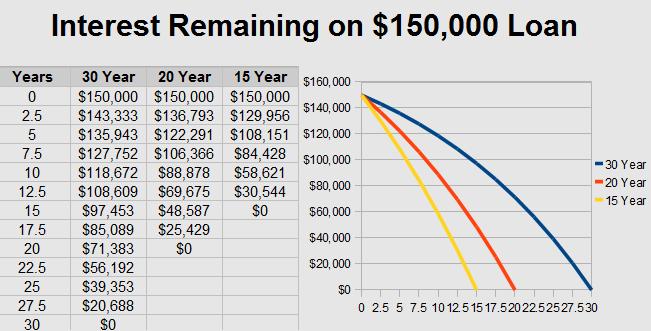

These rates were current as of publication, though market conditions regularly change. The following table shows monthly principal & interest payments for 10, 15, 20 & 30-year FRMs along with 5/1 ARMs on a home loan of $220,000. ARMs peaked out at about 70% marketshare in 1994 but have fallen precipitously in share since the Great Recession. When interest rates are relatively low (as they are currently) most buyers choose fixed-rate mortgages. When interest rates are high or rising, consumers frequently opt for ARMs. Typically the initial & subsequent single adjustment limit is set to 1% or 2% while the lifetime rate cap is usually set to 5% or 6% above the rate initially charged on the loan. ARM loans have caps on how much the interest rate can shift on the initial adjustement, how much the interest rate can shift on subsequent adjustments & how much rates can rise over the duration of the loan. For a 5/1 ARM the first 5 years would charge a set rate of interest & then after the 5 year introductory period is up the rate of interest resets annually based on the performance of a referenced index like COFI or LIBOR. Most ARM loans are hybrid loans which have an introductory period that acts similarly to a FRM in the initial portion of the loan. Fixed vs ARMĪdjustable-rate mortgages (ARMs) get their name because the rate of interest is variable and can change as economic conditions change. If interest rates fall homeowners can refinance into a lower rate loan. If interest rates rise the home buyer is protected from spiking rates. Both the 10-year and 20-year combine to have under a 10% share of the market.įRMs are a one-way bet for consumers. The 15-year is the next most popular fixed-rate loan, with loans of other durations far less common. The most popular FRM is the 30-year loan as it enables consumers to lock in a low rate of interest for an extended period of time & have low monthly payments. This means the rate of interest & monthly payment toward principal and interest will not change throughout the duration of the loan. Fixed-rate mortages (FRMs) get their name because the rate of interest charged throughout the duration of the loan is static or fixed.


 0 kommentar(er)
0 kommentar(er)
